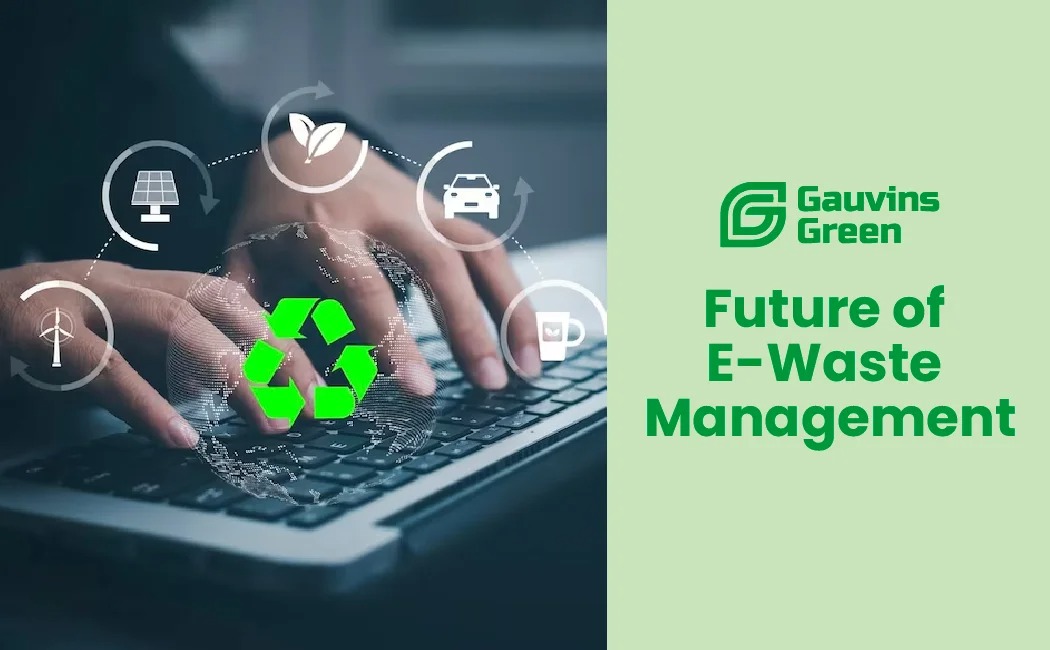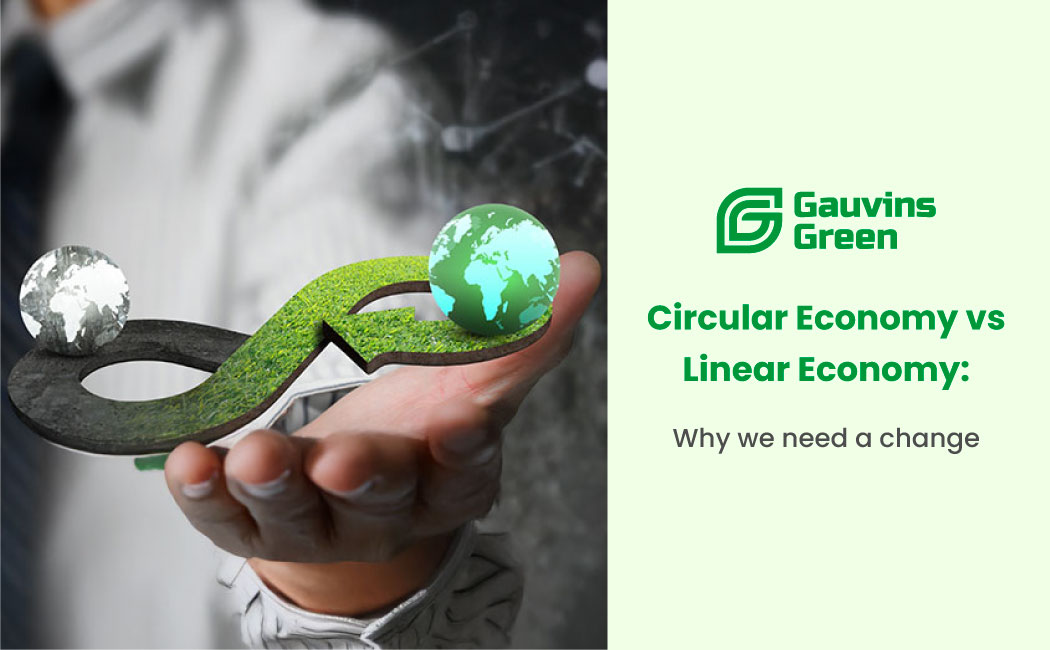The urgency of e-waste management continues to escalate in our rapidly advancing digital world. As we inch closer to 2032, the landscape of e-waste management is poised for significant transformation, driven by technological advancements, regulatory changes, and a global shift towards sustainability. This article aims to shed light on the evolving trends, including circular economy initiatives, global e-waste management trends, and environmental regulations on e-waste, that are expected to shape the future.
Rise of Circular Economy Initiatives
The transition towards a circular economy is at the heart of future e-waste management strategies. This sustainable model focuses on minimizing waste and making the most of resources. By 2032, it’s anticipated that more businesses will redesign their products to be more durable, repairable, and recyclable, thus supporting circular economy principles. This shift not only addresses e-waste but also encourages a more sustainable consumption pattern among consumers.
Advancements in Recycling Technologies
Innovative recycling technologies are set to revolutionize how we reclaim materials from e-waste. Breakthroughs in automated sorting and processing, powered by AI and robotics, will enable more efficient recovery of precious metals and other valuable components from discarded electronics. These advancements will reduce the environmental impact of e-waste and enhance the economic viability of recycling programs.
Global Trends in E-Waste Management
As e-waste continues to grow globally, there’s a clear trend towards the standardization of e-waste recycling practices. International cooperation and agreements are likely to strengthen, setting the stage for more uniform e-waste management standards worldwide. This global approach will help address the challenge of e-waste more effectively, preventing illegal dumping and promoting responsible recycling practices.
Stricter Environmental Regulations
The next decade will witness the introduction of more stringent environmental regulations on e-waste. Governments worldwide are expected to implement tougher legislation that mandates the responsible design, consumption, and disposal of electronic products. These regulations will likely enforce the principle of extended producer responsibility (EPR), requiring manufacturers to take back and recycle electronic products at the end of their life cycle.
Increasing Consumer Awareness and Participation
Consumer awareness regarding the environmental impacts of e-waste is projected to grow, influencing purchasing decisions and recycling behaviors. Educational campaigns and incentives will play a crucial role in encouraging consumers to participate in e-waste recycling efforts. The active involvement of consumers will be critical to the success of e-waste management initiatives.
Conclusion
Looking ahead to 2032, the future of e-waste management is marked by promising opportunities and challenges. Embracing innovations, enhancing global cooperation, and adhering to stricter regulations will be key to mitigating the environmental impacts of e-waste. By fostering a culture of sustainability and responsibility, we can ensure that the digital revolution does not come at the cost of our planet’s health.
The journey towards effective e-waste management is complex but necessary. As technology evolves, so too must our approaches to managing the waste it generates. The trends and predictions for 2032 offer a roadmap for a more sustainable, efficient, and inclusive e-waste management ecosystem.
FAQ
1. What is circular economy in e-waste management?
The circular economy in e-waste management refers to a sustainable approach focused on reducing waste, prolonging product lifespan through reuse and repair, and recycling materials at the end of their life cycle. This model aims to minimize environmental impact by keeping resources in use for as long as possible and recovering and regenerating products and materials.
2. How will technology impact e-waste recycling by 2032?
By 2032, technology is expected to significantly enhance e-waste recycling processes. Innovations like AI-driven sorting systems and advanced material recovery techniques will improve the efficiency and effectiveness of recycling, enabling more precise separation of materials and recovery of valuable resources from e-waste.
3. What global trends are influencing e-waste management?
Global trends shaping e-waste management include increased international cooperation to standardize recycling practices, growing consumer awareness and demand for sustainable electronic products, and the adoption of stricter environmental regulations worldwide. These trends are driving the evolution of e-waste management towards more responsible and efficient practices.
4. How can individuals contribute to effective e-waste management?
Individuals can contribute to effective e-waste management by properly disposing of their electronic devices at certified recycling centers, purchasing electronics from brands that prioritize sustainability, and supporting policies and programs aimed at reducing e-waste. Educating oneself and others about the importance of e-waste recycling is also crucial.




